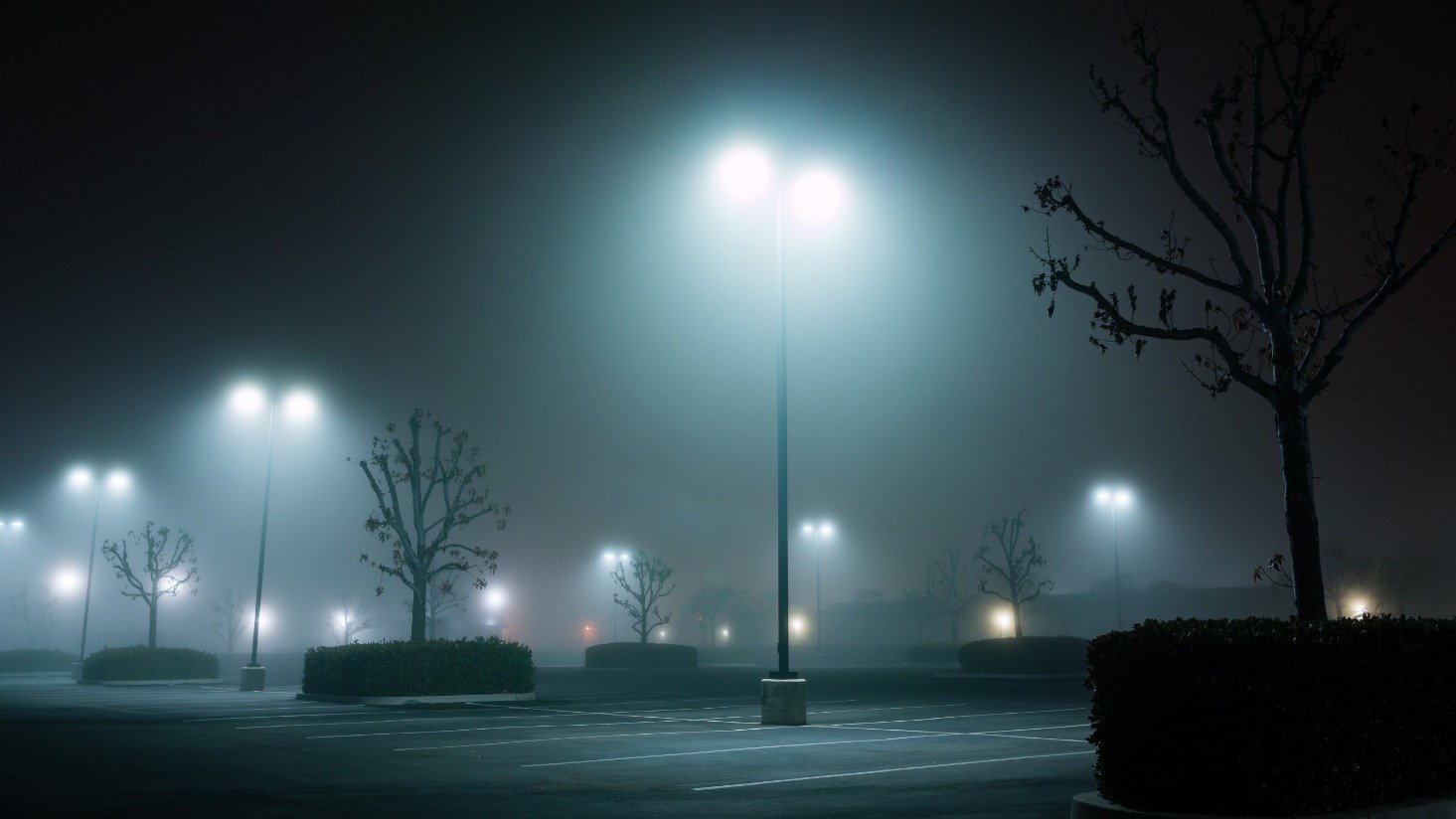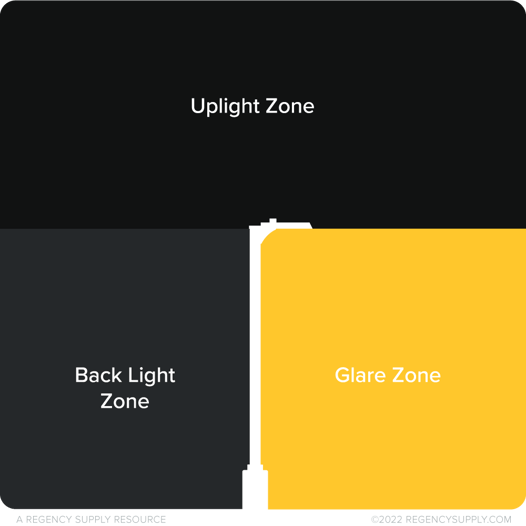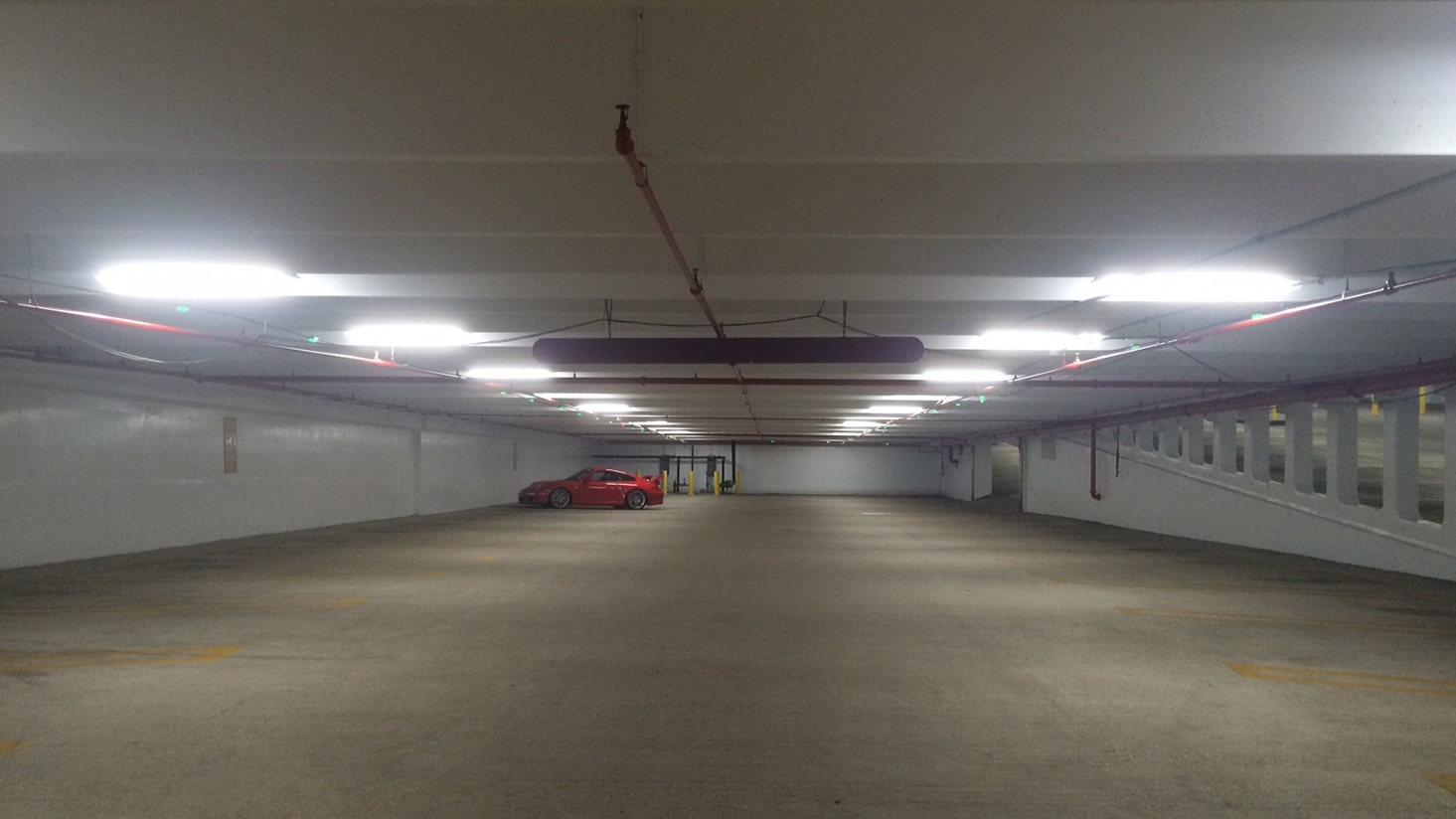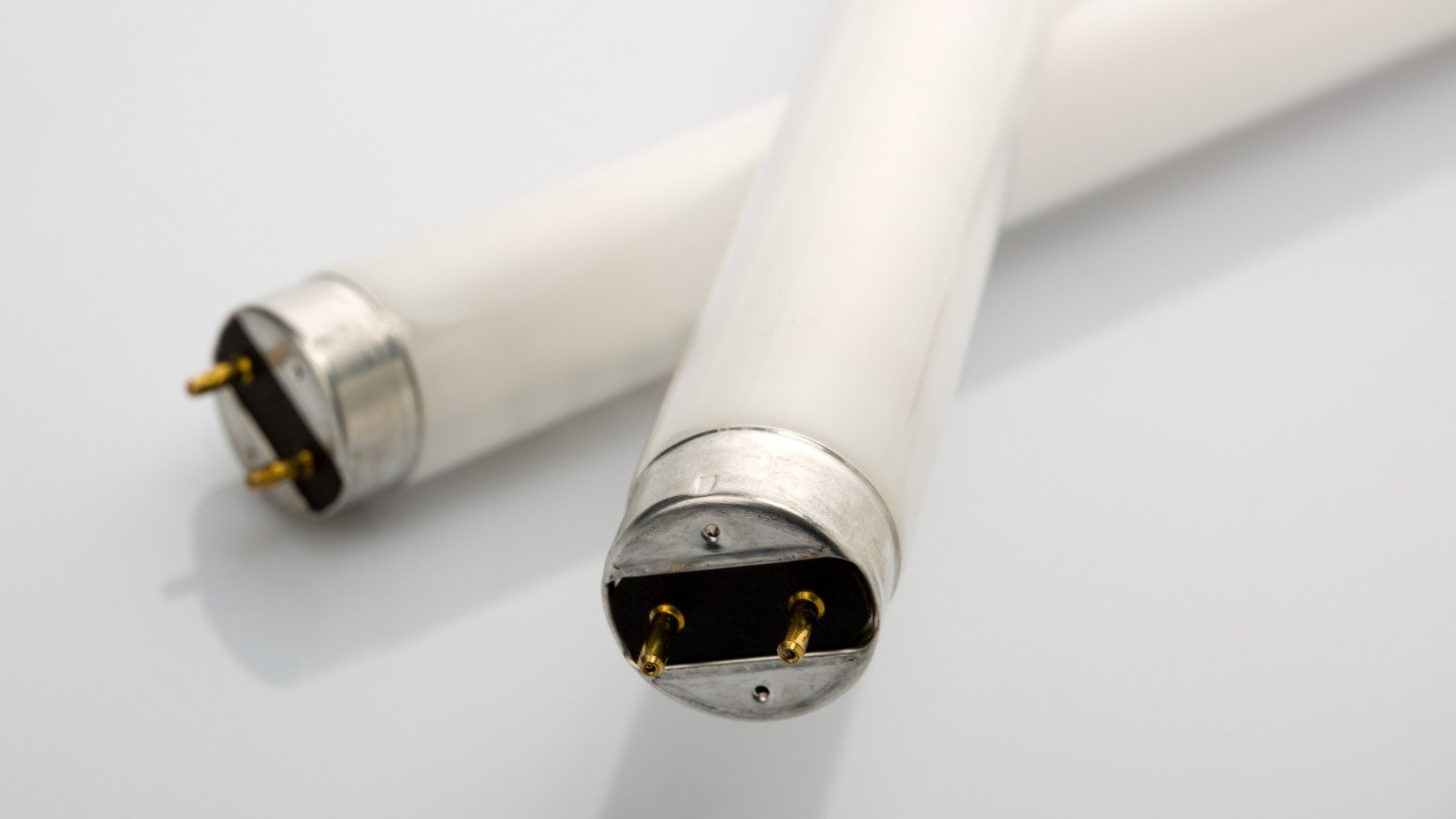What are BUG ratings and how do I know if they impact me?

No, this isn't a blog about insects. A BUG rating has nothing to do with ants or beetles. Instead, it's an important measurement to consider when planning outdoor lighting.
BUG ratings are a helpful tool for lighting designers, like our lighting design team (RL Studio), to understand where light bleeds. We're taking a look at BUG rating basics and whether or not they impact your next project.
What are BUG ratings?
Simply put, a BUG rating measures where the light from a fixture is directed, specifically at night in outdoor locations like parking lots. The Illuminating Engineering Society (IES) defines BUG ratings and the International Dark-Sky Association (IDA) enforces them.
BUG stands for backlight, uplight, and glare, which are all forms of stray (or "bad") light emitted from a fixture. Backlight refers to the light emitted behind a fixture. Backlight is often not ideal, and manufacturers frequently use shields or reflectors to redirect it. Uplight refers to the light directed above the horizontal plane of the fixture, which shines towards the sky. Uplight is considered wasted light since it's not pointed towards the ground. Uplight also blocks out the view of the stars and moon. Glare refers to the light emitted from the luminaire at angles which makes it very difficult for people to see.

Why do BUG ratings matter?
BUG ratings help identify which light fixtures are right for certain applications. For example, lighting in a busy city will be different than lighting in a national forest. No matter the application, the goal with BUG ratings is to limit unwanted light or glare for commercial outdoor lighting. Overall, you want to have a low BUG rating. That means that light is directed in the right areas and very little light is escaping. A low BUG rating is the combination of a low backlight, uplight, and glare rating. Each form of stray light is assigned a value between 0 and 5.
Overall, you want to have a low BUG rating. That means that light is directed in the right areas and very little light is escaping. A low BUG rating is the combination of a low backlight, uplight, and glare rating. Each form of stray light is assigned a value between 0 and 5.
Do BUG ratings impact me?
To determine if BUG ratings impact you, contact your local building code department. There are likely light trespass requirements in your jurisdiction, which work hand-in-hand with BUG ratings to meet local and municipal codes. Some areas allow higher levels of glare than others.
Once you've determined if BUG ratings impact your next project, request of a photometric analysis of the fixtures you're considering to determine where the light goes.
Currently, manufacturers are not required to list or meet BUG requirements, although some have started to include this information on products. In the future, manufacturers of exterior lighting fixtures are expected to work towards reducing light pollution.
BUG ratings for your next project
When you're ready to start your next outdoor lighting project, and you've determined if/when BUG ratings impact you, the next step is a detailed evaluation and lighting plan. This should include luminaire locations, lighting quality, aesthetics, safety requirements, security issues, and whether or not light utilization is correct.
Our lighting design team has extensive experience with outdoor lighting projects and is here to help. Schedule a free consultation with our team of experts to get started today.










